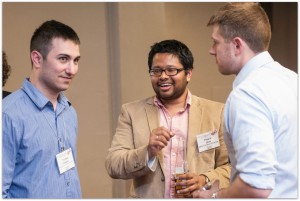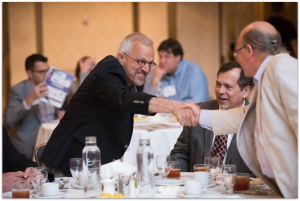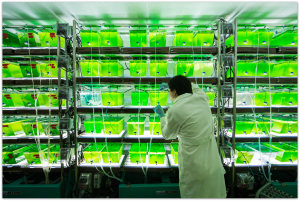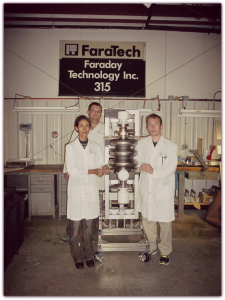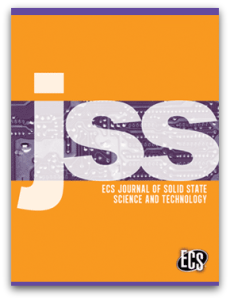On the path to building better batteries, researchers have been choosing silicon as their material of choice to increase life-cycle and energy density. Silicon is favored among researchers because its anodes have the ability to store up to ten times the amount of lithium ions than conventional graphite electrodes. However, silicon is a rather rigid material, which makes it difficult for the battery to withstand volume changes during charge and discharge cycles.
This from Georgia Tech:
Using a combination of experimental and simulation techniques, researchers from the Georgia Institute of Technology and three other research organizations have reported surprisingly high damage tolerance in electrochemically-lithiated silicon materials. The work suggests that all-silicon anodes may be commercially viable if battery charge levels are kept high enough to maintain the material in its ductile state.


